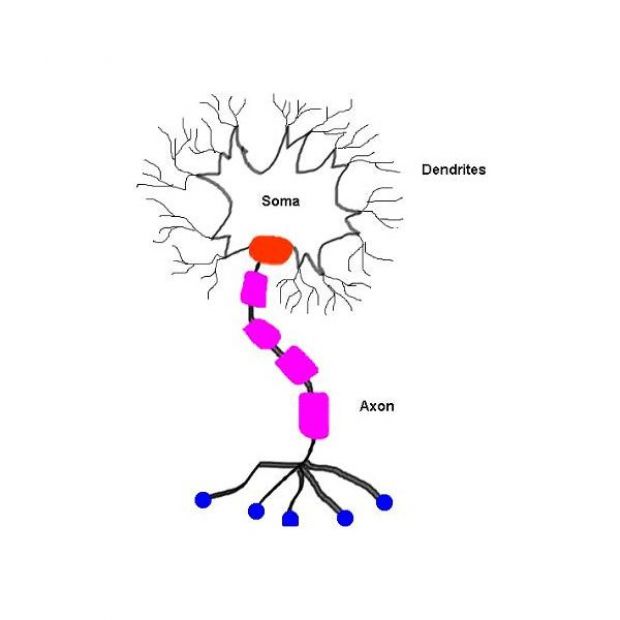You'd think that, having spent years peering into its anatomy and its inner workings, scientists pretty much know what the brain is all about. As it turns out, this organ is still somewhat of a mystery.
In fact, it was only recently that researchers have found that mice brains accommodate for some fairly weird cells that are a wee rebellious. Simply out, they don't behave like run-of-the-mill neurons.
On the contrary, they have their own set of working principles that deviate from the norm just enough to make scientists scratch their heads over what purposes they could possibly serve.
Seeing how humans and mice have the same brain structure, it could be that we too have such peculiar cells in our heads. Still, further research is needed to confirm this theory.
Crash course in proper neuron behavior
Admittedly, neurons, i.e. the cells that make up our brain, come in a surprisingly wide variety of shapes and sizes. Still, they all have the same basic anatomy and work in the same way.
As detailed in the image below, neurons consist of a cell body, otherwise known as the soma, and several appendages sticking out of it. These appendages are either dendrites or axons.
The dendrites of a neuron, which resemble tree branches, serve to receive signals from other brain cells and transmit them to their cell body. Having reached the cell body, these signals are processed and then the information moves to another neuron via the axon.
The neurons that stand out from the crowd
In a recent paper in the journal Neuron, scientists explain how, while researching the anatomy of several mouse brains, they came across some really bizarre cells. These neurons are located in the hippocampus and bypass the body cell when transmitting information.
Thus, they have an axon connected directly to one of their dendrites. This means that, rather than going through the cell body, signals coming from nearby neurons go around it.
“Input signals at this dendrite do not need not be propagated across the cell body,” says specialist Christian Thome, as cited by EurekAlert. Furthermore, “We found that in more than half of the cells, the axon does not emerge from the cell body, but arises from a lower dendrite.”
Experiments have shown that these dendrites that are directly connected to axons are quick to respond to even the slightest stimuli and to transmit the signal further. What this means is that these weird neurons are more efficient signalers that brain cells that have a less adventurous working agenda.
“Our measurements indicate that dendrites that are directly connected to the axon, actively propagate even small input stimuli and activate the neuron. That way, information transmitted by this special dendrite influences the behavior of the nerve cell more than input from any other dendrite,” explains researcher Tony Kelly.
The scientists behind this research project wish to continue studying these neurons, and hope to soon figure out what purposes they serve and how they influence overall brain activity.

 14 DAY TRIAL //
14 DAY TRIAL // 

